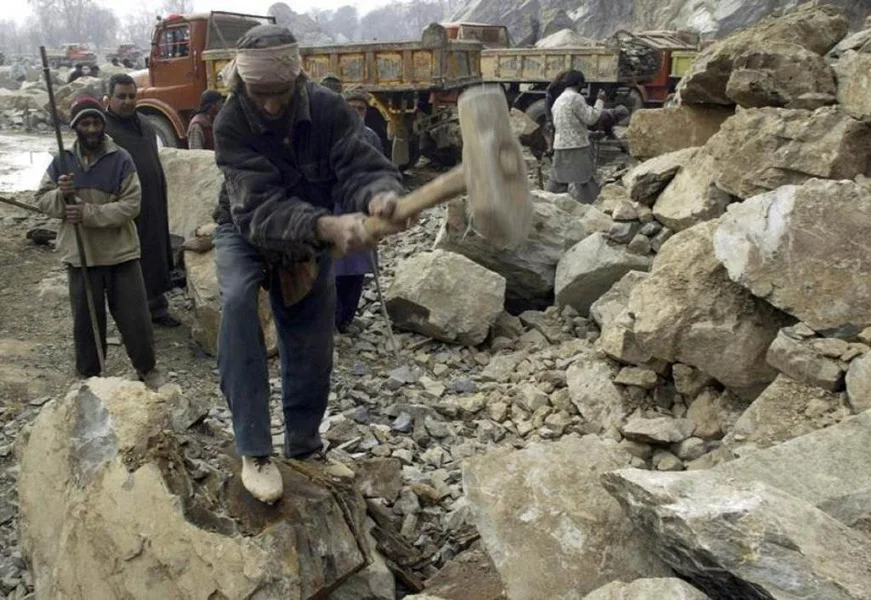
Fearing bidding of their familial fields, workless stone miners of Kashmir are pleading administration not to snatch away their livelihood in the name of some stringent rules. Highlighting the same quandary, this first piece of the three-part series on the banned mining deconstructs the halted construction activity in the valley.
ONCE prosperous and self-sufficient, the miners of Athwajan belt eagerly await the ‘better days’ that will witness their children attending school again and their adult sons and daughters being betrothed.
The locals of the belt in the Pantha Chowk area on the outskirts of Srinagar remember the time when bank representatives were frequent visitors trying to embed the ideas of ‘investments’ and ‘savings’ in their minds.
With an air of disbelief, a local miner marvelled at the depreciated reality of Athwajan since the blanket ban of 2016 which prohibited any sort of mining activity in the region.
“It is not just our source of income, but our self-respect and honour that has been attacked,” Nazeer Bhat, a quarry holder, stated ruefully.
“The bankers who would beg us to take loans are now ‘investigating’ some of our people for non-repayment. We have been impoverished by the ban.”
Dated 24-11-2016, the banning order cited, interestingly, the primary reason to be the ‘bad face’ or poor view presented to the travellers on the Srinagar-Jammu highway due to mining activities, and the secondary reason as the ‘ecological damage’ inflicted by excessive mining.
With an alleged ‘sleight of hand’ and a few signatures, the Geology and Mining department had delegitimized the Athwajan belt four years ago, which was one of Kashmir’s most vibrant economic hubs and an old spot for stone mining.
Stating that “no one was interested in knowing the shattered state of their lives,” Bhat, also a member of the President United Quarry Association, mourned the loss of his ancestral business and livelihood.
It is pertinent to note here that the setback to the stone mining business is not exclusive to this ancient area. From the northern reaches of Pampore to the ‘gateway of Kashmir’ in South Kashmir’s Qazigund, miners are grinding bones instead of stones.
Claiming that they have been ‘forced’ to shut shop, the miners complain of administrative negligence, deliberately ignored malpractices, and enforced unemployment and poverty.
How Stone Mining Worked In Kashmir
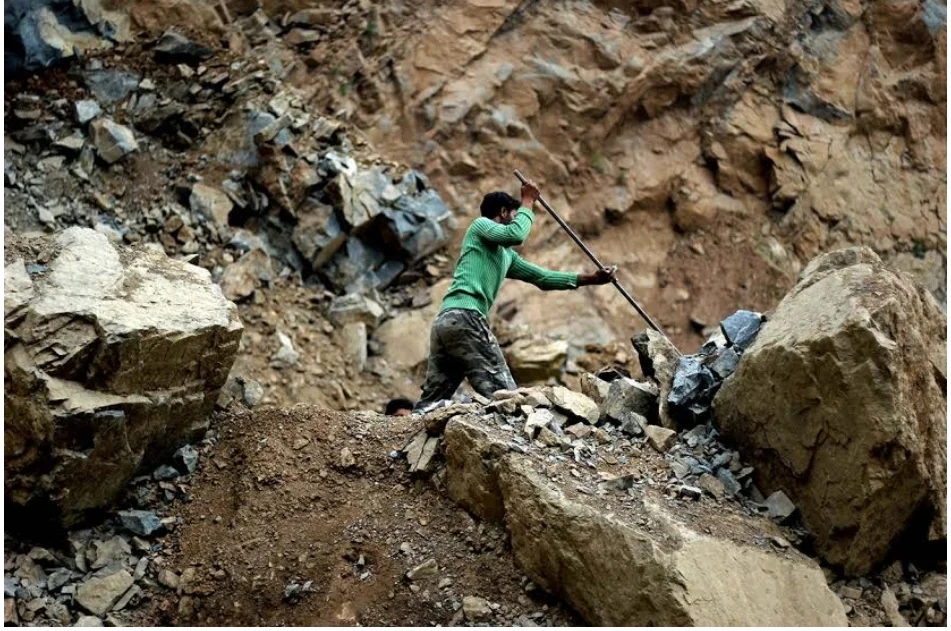
The extraction of raw materials, construction aggregate (locally called bajri) in this case, for building infrastructure for various ruling empires has, historically, always been organised by Kashmiri families.
After becoming a passed-down family business over the years, the present day representatives of these old clans assert that they have been, quite literally, the ‘structural’ backbone of Kashmir.
This industry was remodelled, like all others, after India won her Independence and definitive departments and ministries were formed.
The families generationally employed in this occupation were allotted areas for business by the Department of Geology and Mining following its inception in 1960.
Soon, a ‘royalty system’ was also established to control the extent of mineral extraction and the wealth extracted from it.
These royalties had to be prepaid monthly at the offices of the authorities based on an extraction-estimate and the receipts from these transactions had to be provided at the Department’s checkposts by the drivers of the tippers involved in the material’s transportation.
The quarry holders could revisit the office twice or more times in a month if they wished to recharge their quantity-estimate through more payment.
On what basis would the royalty amounts be fixed?
The official website of the Industry and Commerce Department of the Jammu and Kashmir government, states: “Geology and Mining Department is authorized to receive royalty on extraction of Major as well as Minor Minerals in the state at the rates fixed by the Govt.”
However, in the words of a tipper driver, Shafeeq Hussain Bhat, this “simple” and officiated royalty arrangement ceased to exist in 2019, after the rules under SRO-105 were strictly enforced in Jammu and Kashmir.
SRO 105: Created an uproar in 2016, crippled miners after 2019
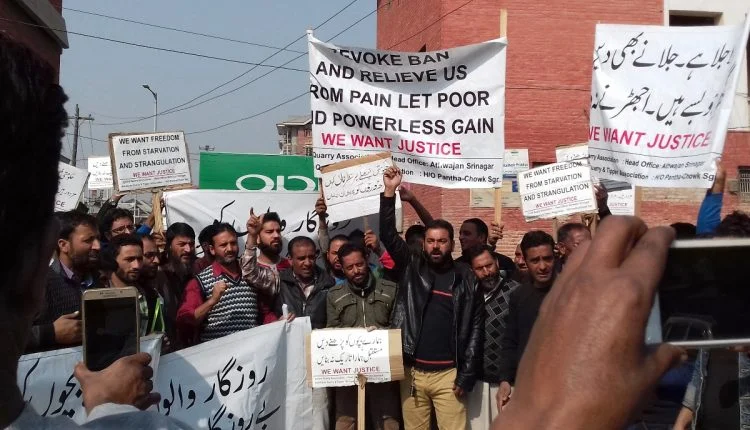
Ninety-six pages long, the Statute Regulatory Order (SRO) 105 had disrupted the J&K assembly in June 2016.
The National Conference (NC), placed as the Opposition in a PDP-BJP ruled state government, had called it an ‘assault on Article 370’, as it made way for non-local participation in bidding for mineral excavation in J&K.
The abrogation of the said article would later expose everything that it protected from non-local ventures along with destabilising the stone miners at home.
In the same month in 2016, a J&K Assembly panel had also recommended the revocation of the SRO.
Headed by NC MLA Mohammed Akbar Lone, the panel had said in its report: “The order is in gross violation of the Constitution of Jammu and Kashmir, J&K Land Alienation Act, State Subject Law, J&K Transfer of Property Act and J&K Land Grants Act. It ignores and disregards constitutional and statutory imperatives relevant to grant of licence, mining lease, quarry licence and other minor mineral concessions. It deprives the permanent residents of the state of their exclusive rights.”
It had advised the then-government to reframe the rules after consulting all stakeholders.
But, three years later, even a year after the abrogation, no efforts have been taken to act upon the panel’s suggestions.
At that time, Ahsan Pardesi, the provincial youth vice-president of NC, in April 2016, had highlighted how the rules in the SRO had increased royalty rates that the “poor stone quarry men could not afford.”
Indeed most of the ‘stone quarry men’ come from humble backgrounds but had been financially stable (so far) because of their lineal never-out-of-demand occupation.
But, shortly after the historic day of August 5, 2019, the demand for their services did not diminish but their legal conscience was put to test.
The controversial set of rules was implemented with much fervour following the events of last year’s August, resulting in a blanket ban on all stone mining activity in the new union territory (UT).
The SRO’s rules from 2016, implemented by an official circular in 2019, have disallowed any form of stone mining or extraction in J&K until all the newly prescribed documents, that the miners say are very time-consuming to organise, are submitted.
With these developments bringing the industry to a halt, the Geology and Mining Department has stopped collecting royalties because there is no “legal” extraction to collect them for.
The absence of legalised extraction also meant that the people in this business have generated no legal income or income since a year.
What were the rules of SRO 105 that instantly disenfranchised miners?
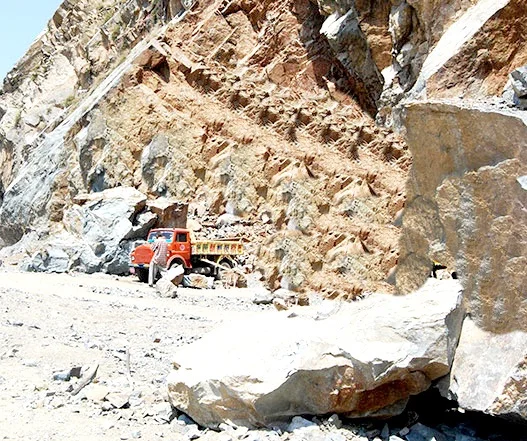
The SRO 105 was signed on March 31, 2016, for “regulating the grant of various forms of mineral concession (permits) in respect of minor minerals, storage, transportation of minerals and prevention of illegal mining in the State”.
Because bajri, an essential raw material used in the construction of buildings, is derived from ground stones, it has been classified as a ‘minor mineral’ by the Department of Geology and Mining, making the people involved in its business liable to follow the new rules.
Under them, it has been stated that no person shall be granted any minor mineral concession in any area or will be allowed to commence mining operations for minor minerals in any area unless an approved mining plan, an environmental clearance, and a CTO (Consent to Operate) has been submitted to the Department by them.
These three prerequisites were made indispensable in 2016 and the move had led to an indirect but effective ban on all stone mining activities in Kashmir causing several people in the industry to protest.
They argued that their business was ancestral and hardly a threat to the environment, road safety, aesthetics, etc.
“We are all for sustainable development and are ready to follow the new procedures,” a miner said. “We have submitted all our documents for the clearance but haven’t heard from the concerned authorities. The Covid-19 lockdown is also responsible for the lag, but until then, can’t the Department give us short term permits so that we can earn a dignified living? We have been mining these spots for 100 years!”
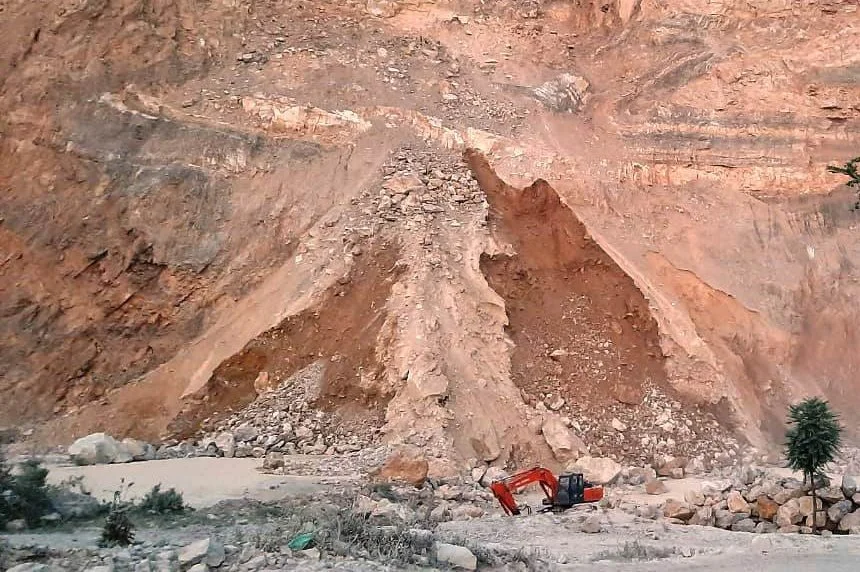
Describing the procedural intricacies of the new rules, Assistant Mineral Officer, Khurshid Mir, told Kashmir Observer that the SRO 105 has prescribed a three-course process before beginning mining activities.
“The mining plans have to be made and compiled as per scientific norms by a qualified person and then submitted to the appropriate authority,” Mir explained.
After that, he said, an environmental clearance (EC) needs to be sought.
“This can be applied for only after the mining plan has been approved because the very same is used as a base document for obtaining the EC. These clearances are provided by the State Environment Impact Assessment Authority of J&K.”
The authorities concerned with all the steps of the ‘three-course process’ are completely different and unrelated to each other. Even for the final step, i.e CTO, the Pollution Control Board of the region has to be approached.
Speaking from his own experience and on the condition of anonymity, a district-level officer told Kashmir Observer that in 2019, the independent committee that approved mining plans was chaired by the then-Director of the Department of Geology and Mining and composed of other officials from the administrative setup.
But quarry-holders who have plans approved from the committee pointed out that their ECs have not been granted.
“The mandate to grant ECs is with the State Environment Impact Assessment Authority, my office has no role to play in the entire process,” the official clarified.
But the legal changes of 2016 were approved by the Geology and Mining office.
Breaking down the developments post SRO 105, Khurshid Mir informed, “Since the 2016 order had suddenly compelled stone miners to submit whatnots, the then-government temporarily amended Rules 104 and 105 (a) that covered the ‘Rights of existing concession holders’ and the ‘Rights of pending applicants’ respectively. The short-term amendment was done soon after the declaration of the rules and was reapplied every six months until orders from the National Green Tribunal (NGT), Supreme Court, and Pollution Control board demanded the strict implementation of SRO 105 in 2019.”
The ‘amendment’ being referred to had allowed the industry to maintain status quo from 2016 to 2019, while it readied itself for the transformation under the new rules.
The Department continued with their old royalty system and the ancestral miners said that it was not “confusing to work with.”
They operated their stone quarries despite SRO 105’s expelling language as the amendment – renewed every six months – had kept the familiar and “simple” system intact.
In the meantime, they also reorganised themselves into ‘clusters’, as commanded by the new rules, and got their clusters’ mining plans approved by the authorities.
The ordered regrouping had to be done with a maximum of 20 quarries in an area of not more than 50 hectares. The cluster had to have a name and choose a representative as its face.
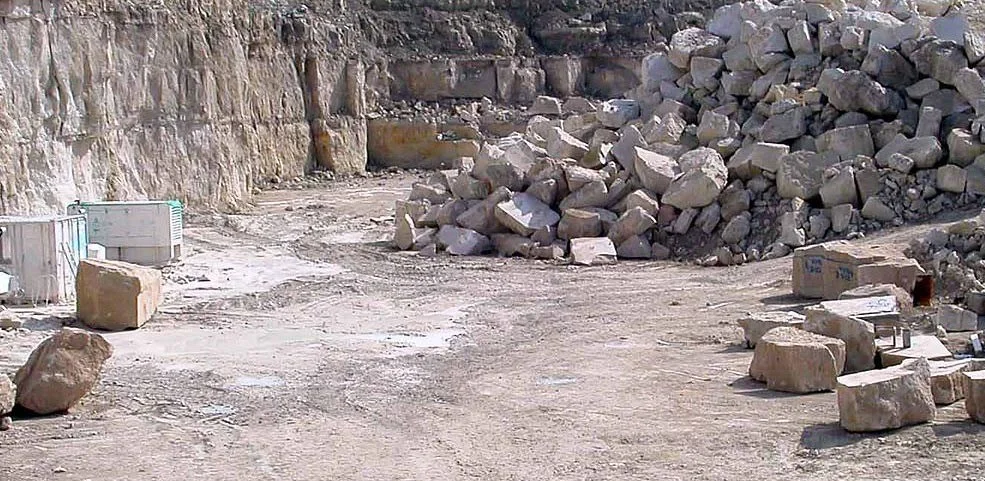
Hilal Ahmad, the Vice-President of the United Quarry Association, belongs to Shalwani cluster of Pampore. Three stone mining clusters have been formed in his region, namely Bajar, Regand, and Shalwani. He said that his group would have received its EC by now if the triple attack of Article 370’s revocation, formation of UT, and Covid-19 outbreak had not broken the flow of the system.
Even Mushtaq Ahmed Bhat, a quarry holder from Athwajan belt who also operates quarries in other areas said that since the passing of the J&K Reorganisation Act of 2019, when most of the work was shifted from the erstwhile state’s offices to those in New Delhi, all progress in meeting the ‘three requirements’ has been lost in transition.
“We have sent our mining plans to the environmental authorities but they have done nothing on their front yet,” he said exasperatedly.
All that the miners say they want are short-term permits that will allow them to conduct their business without being arrested for illegal extraction. The three-course process has not been completed by most from the community for some reasons they are unwilling to take the blame for.
“There is an administrative lag,” Zeeshan Rehman, the Acting Chairperson of the Senior Contractors Coordination Committee (J&K), told Kashmir Observer.
“We are with the government, if their aim is to make processes transparent and conserve the environment. But they need to realise that they are taking an excruciatingly long time and contradicting themselves. We are not being given our ECs or there is no political will to grant us, professional miners, short-term permits. But this August an order was passed enabling Panchayat Raj Institutions (PRIs) to procure short-term mining permits from the Department.”
When asked for the rationale behind the PRI-permission order, Divisional Commissioner Kashmir, Pandurang Pole, told Kashmir Observer, “Ask the government body that looks after rural development.”
Khurshid Mir too spoke of the order nonchalantly indicating that it was hardly an issue for his office.
“Yes, the Department of Geology and Mining has been asked to get the three permissions on behalf of the PRIs. That has happened,” he added almost regrettably.
To be continued…
Follow this link to join our WhatsApp group: Join Now
Be Part of Quality Journalism |
Quality journalism takes a lot of time, money and hard work to produce and despite all the hardships we still do it. Our reporters and editors are working overtime in Kashmir and beyond to cover what you care about, break big stories, and expose injustices that can change lives. Today more people are reading Kashmir Observer than ever, but only a handful are paying while advertising revenues are falling fast. |
| ACT NOW |
| MONTHLY | Rs 100 | |
| YEARLY | Rs 1000 | |
| LIFETIME | Rs 10000 | |












